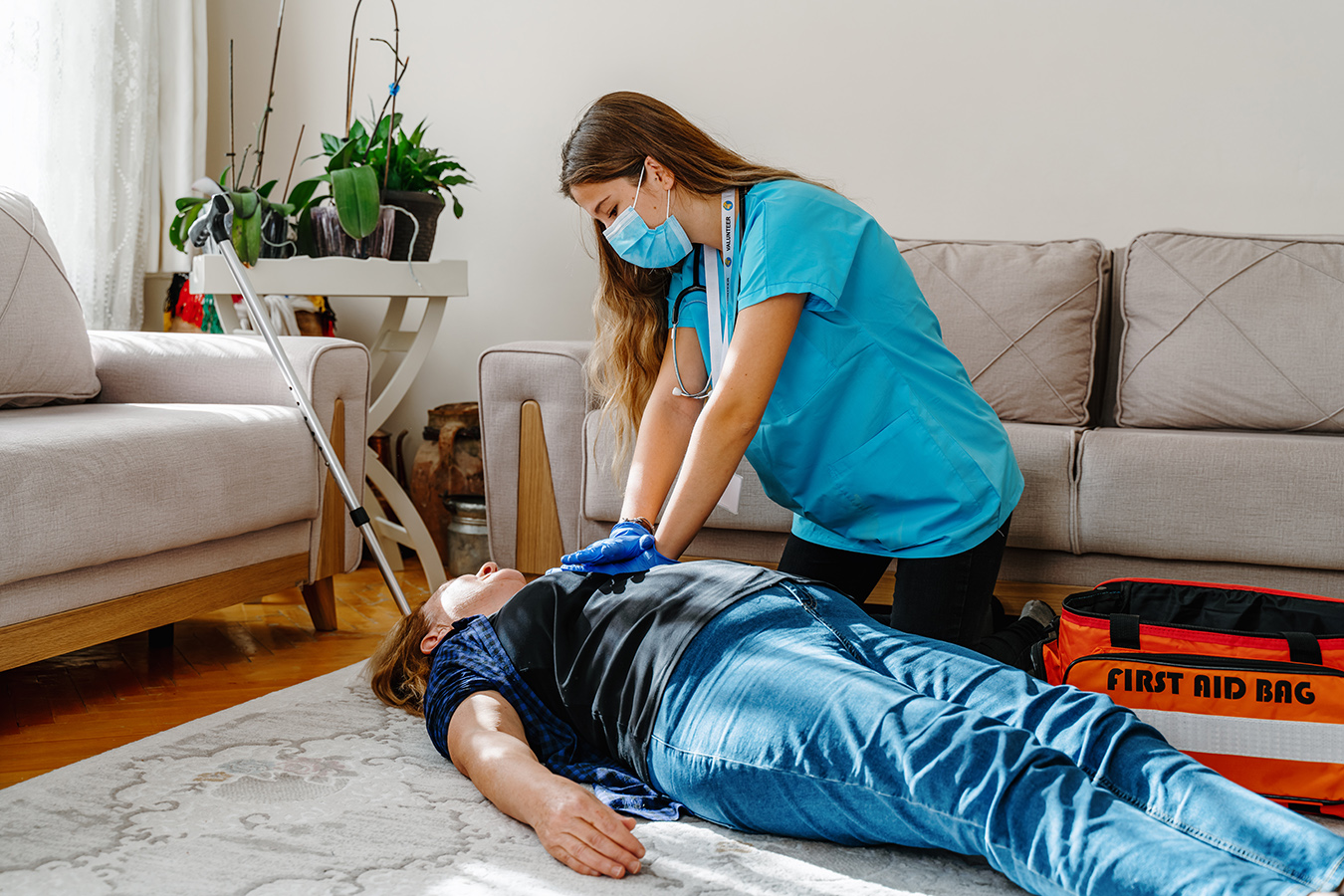The Silent Risk of Sudden Cardiac Arrest

When it comes to the perception of dangerous heart conditions that people are concerned about, heart attack and stroke are usually at the top of the list. But there is a different heart-related event that is responsible for half of all heart disease deaths and accounts for more than 300,000 deaths in the United States alone every year. That condition is known as sudden cardiac arrest or SCA.
“SCA is definitely something that the public should be aware of,” says Robert J. Myerburg, M.D., a cardiologist with the University of Miami Health System. “Not only does it pose a real risk that many people don’t know about and is often hidden, but there are also some actions that people can take to reduce those risks.”
SCA vs. heart attack
Dr. Myerburg says that SCA is common yet relatively unknown by most people because the media often misidentifies SCA as a heart attack.
However, they are two different events. The definition of a heart attack is a myocardial infarction, which occurs when an obstruction blocks the flow of blood to the heart, causing the death of the heart muscle served by that blood vessel and the formation of a scar.
On the other hand, SCA is an electrical problem that causes the heart to lose effective contraction and stop pumping blood on that basis. There are many types of heartbeat irregularities or arrhythmias, some of which are benign.
But in the case of SCA, the heart stops beating entirely, leading to a medical emergency that ends up as sudden cardiac death (SCD).
Recognizing who is at risk for at SCA
One of the keys to fighting this condition is recognizing who is at greater risk for SCA. These include individuals who:
- Have had a previous heart attack, especially if large, or a history of heart disease.
- Have a history of dangerous heart rhythm disturbances, such as ventricular tachycardia.
- Have an ejection fraction below 35-40%. (Ejection fraction is a measure of how efficiently the heart pumps blood that your doctor can measure.)
- Have a personal history or family history of other heart conditions associated with life-threatening arrhythmias, including several genetic heart abnormalities.
How can I prevent sudden cardiac arrest?
Suppose you or a loved one has any of the risk factors mentioned above or a combination of them. In that case, ask your doctor about an implantable cardioverter-defibrillator, or ICD. This device is similar to a pacemaker and is implanted in the body close to the heart.
A pacemaker supports a propensity to a slow heart rate, while an ICD monitors your heart rhythm and can deliver a shock to get the heart back into an effective rhythm. Dr. Myerburg says it is the most helpful treatment currently available for preventing death from SCA.
“For the people who have an ICD, the chance of ever actually needing to use it is around 20 to 30%, but it is effective for preventing sudden death in 90 to 95% of people who do experience life-threatening arrhythmias,” he says.
“The utilization is relatively low, but the benefit is high.”
When an SCA does occur, it’s a medical emergency.
Immediate action is the key to saving the person’s life. The usual presentation is a sudden collapse, loss of consciousness, no pulse, and no breathing. In some instances, you may have warning signs beforehand, such as heart palpitations, shortness of breath, chest discomfort, or weakness.
When a sudden loss of consciousness and loss of breathing occurs, Dr. Myerburg says to call 911 immediately.
Bystanders can improve outcomes for people experiencing SCA by performing CPR. If a portable defibrillator is available, this machine can also help save the person’s life.
Wyatt Myers is a contributing writer for UMiami Health News.
Originally published on: February 28, 2022
Tags: Dr. Robert Myerburg, heart attack, HeartAware, sudden cardiac arrest
